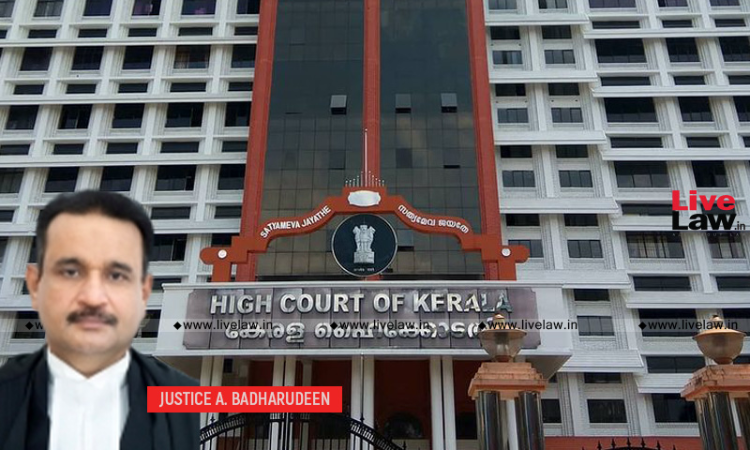- Home
- /
- News Updates
- /
- Motor Vehicle Accidents | Can't...
Motor Vehicle Accidents | Can't Establish Contributory Negligence Solely Relying On Scene Mahazar: Kerala High Court
Hannah M Varghese
3 Jun 2022 4:00 PM IST
In an interesting development, the Kerala High Court has ruled that in accident cases where two vehicles are involved, contributory negligence cannot be found against the driver of the other vehicle involved in the accident solely relying on the recitals in the scene mahazar, ignoring the police charge which attributes negligence only against one driver.Justice A. Badharudeen thereby set...
In an interesting development, the Kerala High Court has ruled that in accident cases where two vehicles are involved, contributory negligence cannot be found against the driver of the other vehicle involved in the accident solely relying on the recitals in the scene mahazar, ignoring the police charge which attributes negligence only against one driver.
Justice A. Badharudeen thereby set aside the order of the Motor Accidents Claims Tribunal and allowed the appeal challenging the impugned award.
"I have no hesitation to hold that when contributory negligence is alleged, it is the duty of the party, who alleges the same to prove the same, for which, no doubt, final report can be given emphasis. If the final report says that the accident is the contribution of negligence on the part of the driver of one of the vehicle, in the absence of any other convincing and cogent evidence, contributory negligence could not be found, merely relying on the recitals in the scene mahazar."
The appellant, who suffered injuries in a motor accident, had approached the Tribunal and claimed compensation attributing negligence against the driver of the car (second respondent herein). However, the insurance company denied negligence against the second respondent and also alleged contributory negligence on the part of the appellant, who also was riding a motorcycle during the accident.
Agreeing with the insurance company, the Tribunal found contributory negligence on the appellant's part and thereby fixed the percentage at 50. The appellant moved the Court challenging this award.
Advocate K.V. Rajan appearing for the appellant submitted that although the police laid charge against the second respondent, the Tribunal found contributory negligence merely relying on the recitals in the scene mahazar without insisting on convincing evidence to hold so. Therefore, it was argued the finding of contributory negligence was erroneous and liable to be set aside while clarifying that he does not want any increase in the award.
Senior Advocate George Cherian, Advocates George A Cherian and Alexy Augustine appeared for the respondents and they opposed the said contention, but they did not justify 50% contributory negligence on the appellant's part.
The Court noted that the police had laid charge against the second respondent, but the Tribunal gave much emphasis to the recitals in the scene mahazar to disbelieve the police charge and to find contributory negligence against the petitioner.
The Judge found that although it may be true that in cases of collision between vehicles, possibility of contributory negligence could not be ruled out, to find contributory negligence, convincing evidence is necessary.
It held that if the police charge attributes contributory negligence, the same can be relied on, to find contributory negligence. But in cases where the police charge attributes negligence against the driver of one vehicle involved, unless there is no other independent evidence adduced or available to prove the contributory negligence, mere recitals in the scene mahazar would not suffice, the Court asserted.
Therefore, it was held that the Tribunal fixed contributory negligence at 50% without support of any convincing and cogent evidence, overlooking the Police charge otherwise. As such, the Tribunal fixing 50% contributory negligence against the petitioner was found to be illegal and thereby set aside.
Case Title: T.A Ansad v. Sanjay Kumar Thunjhunwala & Ors.
Citation: 2022 LiveLaw (Ker) 257


